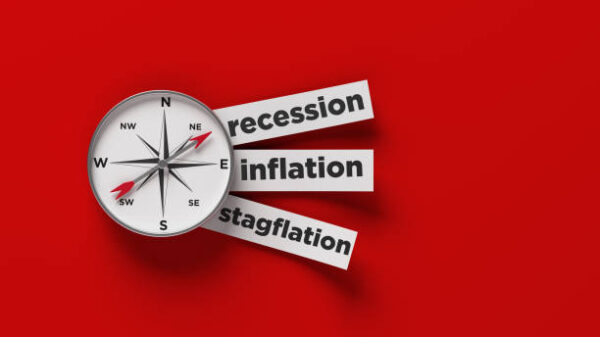The Economic Conundrum: Navigating Stagflation
Introduction:
Stagflation is a unique and challenging economic phenomenon characterized by a combination of stagnant economic growth, high unemployment, and elevated inflation. This essay delves into the definition of stagflation, explores its importance in economic discourse, and discusses both the advantages and disadvantages associated with this rare and perplexing condition.
Defining Stagflation:
Stagflation is an economic scenario in which a country experiences stagnant or slow economic growth (stagnation), high levels of unemployment, and simultaneously faces elevated inflation. Typically, inflation and unemployment move inversely—referred to as the Phillips curve—but stagflation challenges this conventional relationship by presenting a scenario of both high inflation and unemployment.
Importance of Stagflation:
- Policy Dilemma: Stagflation poses a significant policy dilemma for governments and central banks. Traditional economic strategies may be insufficient, as combating inflation might exacerbate unemployment, and vice versa. Policymakers must navigate carefully to address both issues simultaneously.
- Impact on Standard of Living: Stagflation can erode the standard of living for individuals as rising prices reduce purchasing power, while high unemployment rates contribute to economic uncertainty and financial distress.
Example of Stagflation:
The 1970s in the United States is a notable example of stagflation. During this period, the U.S. experienced a combination of slow economic growth, high unemployment, and escalating inflation. The oil shocks of 1973 and 1979, coupled with other economic factors, contributed to the emergence of stagflation, challenging policymakers to develop effective strategies to mitigate its impact.
Advantages of Stagflation:
- Policy Innovation: Stagflation necessitates innovative policy responses. The challenges it presents can lead to the development of new economic theories and approaches, fostering a deeper understanding of economic dynamics.
- Structural Reforms: Stagflation may prompt governments to implement structural reforms to address the root causes of economic stagnation and inflation. These reforms can have long-term benefits, improving economic resilience.
Disadvantages of Stagflation:
- Economic Hardship: Stagflation is associated with economic hardship for individuals and businesses. The simultaneous presence of high inflation and unemployment creates a challenging environment with negative consequences for the overall economy.
- Policy Constraints: Policymakers face limitations in addressing stagflation due to the conventional trade-off between inflation and unemployment. Traditional monetary and fiscal policies may be less effective in such circumstances.
Conclusion:
Stagflation presents a complex economic challenge that defies conventional economic wisdom. Its occurrence requires policymakers to adopt innovative approaches to mitigate its impact and restore economic stability. While stagflation can stimulate policy innovation and structural reforms, its disadvantages, including economic hardship and policy constraints, underscore the importance of understanding and addressing this rare economic phenomenon. As a topic of ongoing economic research and debate, stagflation serves as a reminder of the dynamic and evolving nature of economic systems and the need for adaptive and nuanced policy responses.

